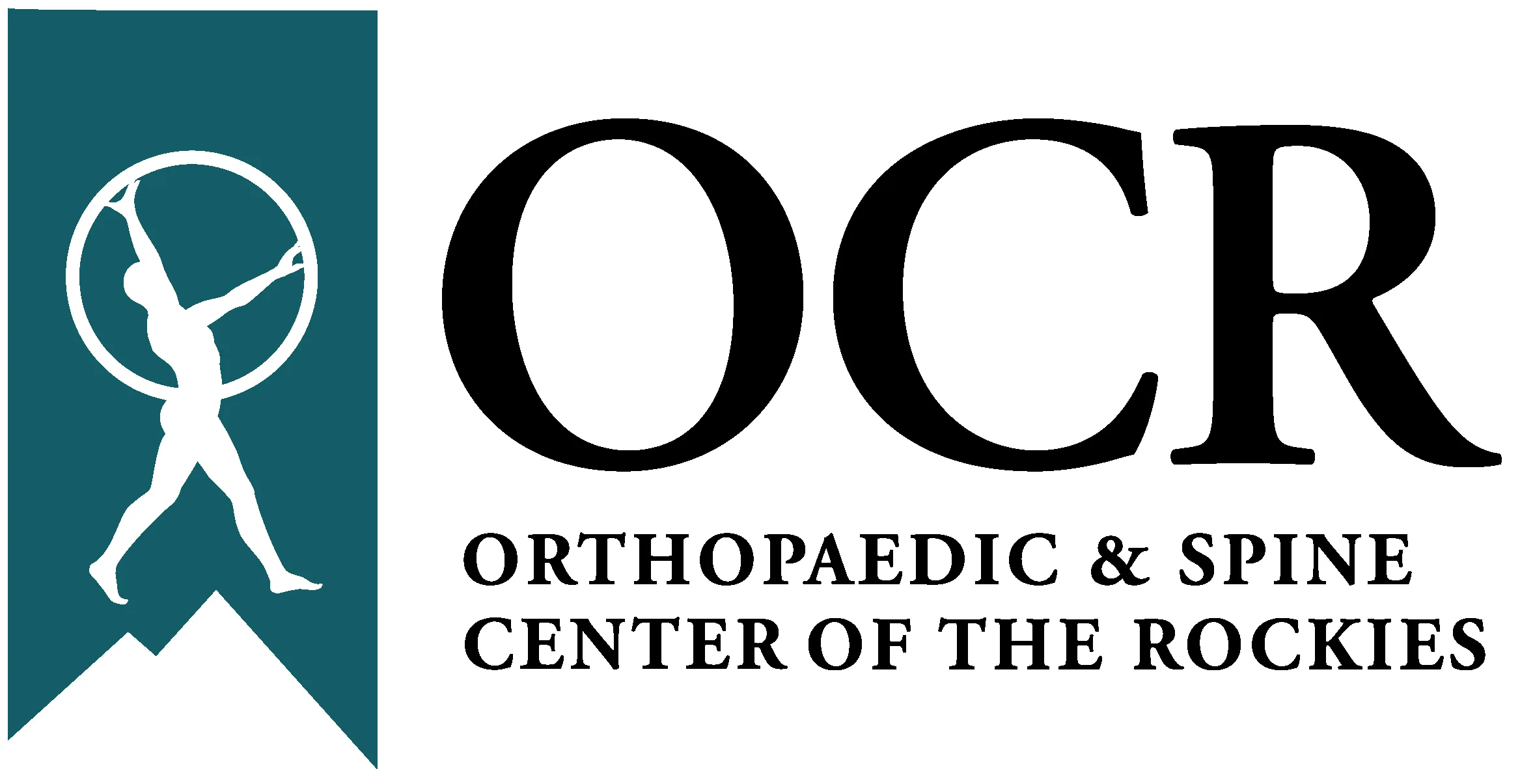Spring is finally here, and for many runners, that means it’s time to start training for marathon season. Whether it’s your first attempt at completing a serious distance event, or you’re a veteran marathoner, marathon running isn’t without its own slate of orthopedic issues.
While you’ll be pushing your body to get in shape for the Colorado Marathon or your chosen event, you’ll need to pay attention to your aches and pains and take steps to make sure you remain healthy enough to cross the finish line. Educate yourself on injuries marathon runners face, and how to defend against them.
- Runner’s Knee
What It Is: Pain below the kneecap or behind the knee. Caused by a variety of issues, such as weak hips, muscle imbalances and the stresses put on the knee while running.
How To Avoid or Treat It: Avoid running on hard surfaces and, if possible, route your run to avoid downhill stretches that put more strain on your knees than flat or uphill routes. Shorten your stride and land with the knee bent to help reduce stress on your knee, and make sure to warm up with hip-flexor stretches before hitting the trail. - Iliotibial Band Syndrom (ITBS)
What It Is: Painful swelling of tendons that run from your hip to the outside of your knee. Swelling typically occurs on the outside of the knee, often following a jump in distance or increased downhill mileage.
How To Avoid or Treat It: Back off your training regimen for a couple days and give your tendons a chance to heal. Running through the pain typically exasperates the condition, leading to more pain and longer down time down the road. Change directions every day if you train on a track, and avoid hilly runs. - Achilles Tendonitis
What It Is: Tendons along the back of your calf get irritated and become inflamed due to the stress running causes. It’s often magnified by having flat feet or running in improper footwear.
How to Avoid It or Treat It: Warm up with plentiful calf stretches and make sure your running shoes are new with ample arch support. Stop running at the first sign of pain, and ice the injured calf to help rehab it. Runners who don’t rest adequately may ultimately face month of recovery time. - Planar Fasciitits
What It Is: Small tears or irritation and inflammation on tendons on the bottom of the foot. Typically worse in the morning after getting out of bed, it’s common for runners with flat feet or unusually high arches, as well as runners whose feet roll inwardly or outwardly in their stride
How to Avoid It or Treat It: Receive analysis at a running shoe store to match your stride type (pronation or supination) to your shoe. Once it flairs up, it’s difficult to shake, so plan on pool running or biking while your feet heal. Stretch the affected foot by placing your heel on your knee and gently pulling back on your toe.
Marathon running is a perfect way to keep in shape and challenge yourself, but you’ll need to keep an eye on your health. Front Range Orthopedics and Spine’s staff is experienced at treating sports injuries of all types. Call us at 303.772.1600 to schedule your consultation.

